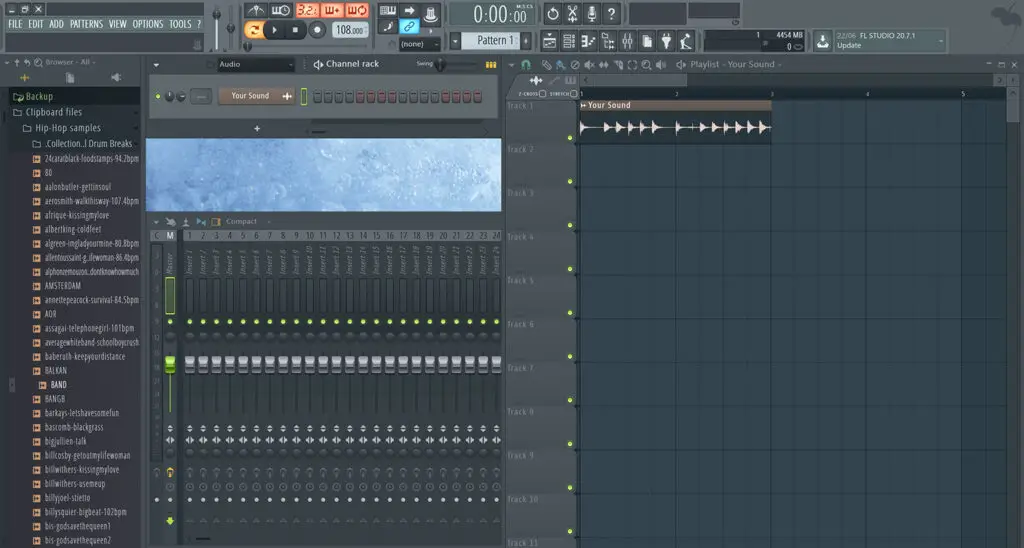


From what I know now in cubase is that you first have to search them via Mediabay and load them in an audiotrack. Now, what I always liked in FL Studio is that it was very easy and quick to load in samples and edit them (with ADSR, layering methods). I just bought Cubase a few weeks ago bc I felt I needed something with more possibilities, as well as something I can work with video. Regardless of whether you release your sampled music or not, its still a rewarding and enjoyable process.Ever since I started to produce music I worked with FL Studio. Knowing the difficulties that come with sampling, you can determine if you want to go through the production side of things. It has been done by indie-artists before. Unfortunately, the legality of sampling music is complex and difficult to navigate, especially for indie artists looking to sample some of their favorite songs.īut if you’re looking to sample music, and you truly are determined, you can get some of your favorite recordings into your recordings. It also allows artists a way to show their appreciation for those that influenced them. It allows a way for the past to present itself in new and exciting ways. In my personal opinion, sampling is a great thing for both musicians and music in general. If you truly want a sample in one of your tracks, with some persistence and online research, you can find out who to contact and then acquire the licenses you need. Getting a hold on the licensing is the most difficult part of releasing a song with samples, but don’t let that stop you from being creative. Once you’ve acquired this license, you can sample your cover in the same what you’d sample the original recording – except this time, everything has been taken care of legally. Step 1: To alter the timing of your sample, enable Flex in your session and on your sample’s track.Ī mechanical license is very easy to obtain and only requires a small payment. How to Use the Flex Tool to Correct Sample Timing: This makes sampling from a Vinyl record a little more difficult, but by using time correction you can accomplish an in-time sample. There’s also a little fluctuation in vinyl due to various factors, so a record can be in tempo in some sections, and out of tempo in others. The reason being, vinyl records can introduce small variations in the speed of the rotation and in turn, the speed of the song itself. If you sourced your sample from Tidal or another streaming service, or maybe a CD, you can easily look up the track’s BPM and go from there.īut if you source your sample from a vinyl record, odds are you’ll need to perform some time correction. You can also accomplish this visually by altering your session’s tempo and observing when the transients of your sample align with the grid of your session. You can find the tempo by tapping it in a tempo tapping tool.


 0 kommentar(er)
0 kommentar(er)
